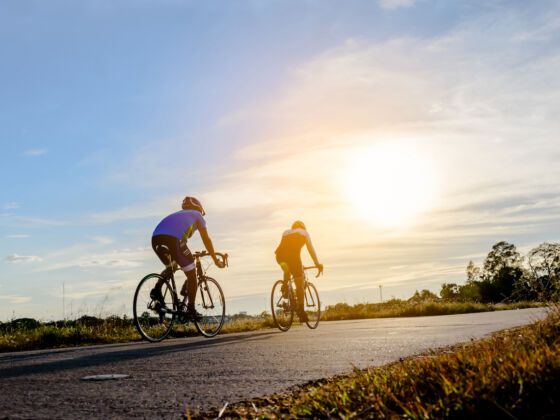Adventurers have circled the Earth on all manner of bicycles. Joff Summerfield is currently on this third attempt to tour the world by penny farthing. Matador’s own Tim Patterson prefers to pedal a folding bike with 20-inch wheels, rucksack strapped to the back.
While acknowledging that the possibilities are endless, what follows is a summary of conventional wisdom for selecting a touring bicycle:
